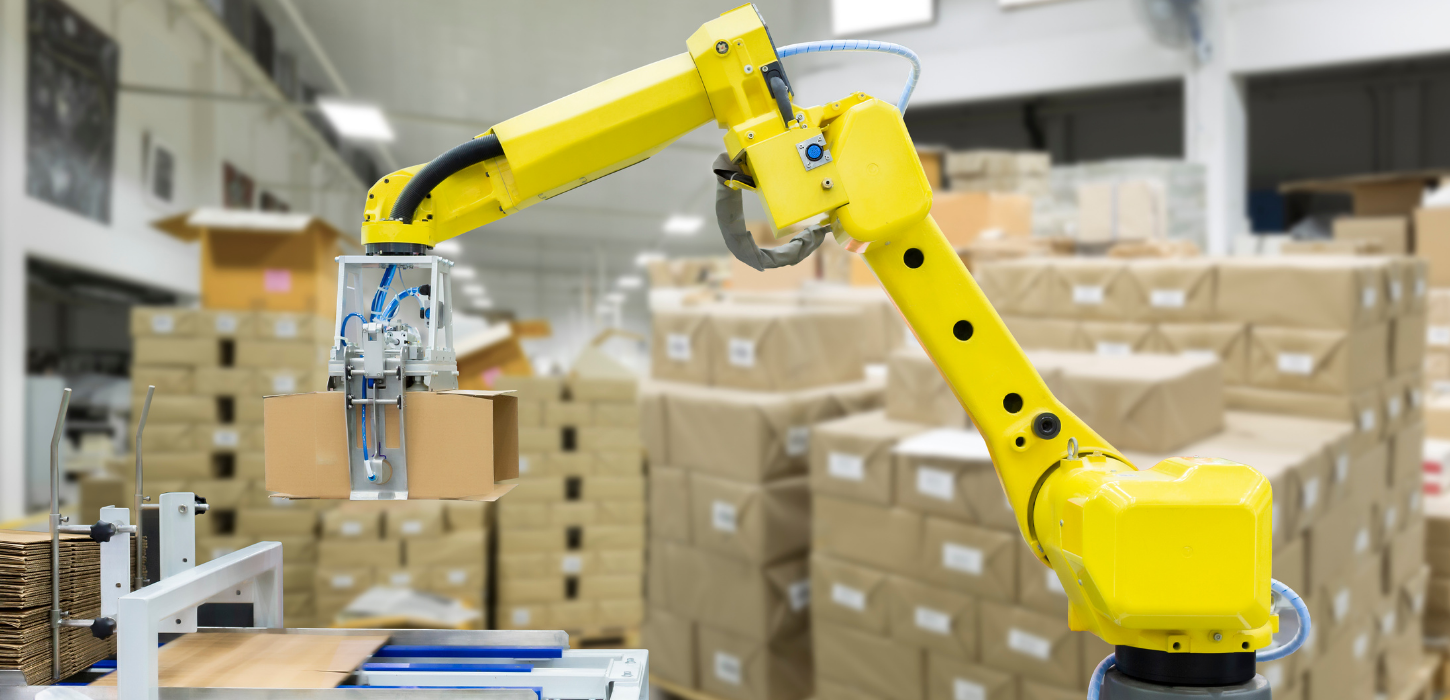Written by guest contributor Megan Ray Nichols, a freelance stem writer and the editor of Schooled By Science. For more from Megan, you can follow her on Twitter or subscribe to her blog here.
It’s no secret that labor pools are shrinking, but automation could be a solution to the problem. Investing in automation now can protect you from labor issues and prevent your facility from becoming outdated in the future.
The Lack of Material Handlers
In the near future, supply and demand for supply chain workers could be 6 to 1 or even as high as 9 to 1. This shortage requires you to rethink how you run your business. You can no longer rely solely on human labor for your facility. Automation can reduce your reliance on material handlers and other supply chain operators while making your facility more efficient.
Material Handling Automation in Your Facility
Material handling automation in your facility is about more than increasing efficiency. Some means of increasing efficiency in your facility include adding barcode scanners, GPS and automated data collection to facilitate package tracking. With these tools, your facility can join the small ranks of the 38 percent of manufacturing businesses that felt their supply chains were sufficient to reach the company’s goals.
Even if you’re not ready to embrace full automation, you can include some aspects of better technology in your facility to reduce your labor needs.
Automated Data Collection Today
Today, automated data collection is easier to use than ever. With connected equipment and cloud-based data, your employees can view and control operations from anywhere. Unlike the data collection devices of the past, today’s are more user-friendly. Voice commands and the need for fewer keystrokes makes the data devices used in today’s warehouses more efficient. With intuitive controls, these devices are easier to learn to use, reducing the need for training.
Bringing automated data collection into your warehouse provides automated systems with the information needed to operate. You’ll also be able to save time and money by needing fewer employees to track materials. Your employees will also spend less screen time using the devices, which frees them up for other tasks around your facility.
Material Handling and Your Workforce
Contrary to widespread belief, material handling automation won’t clear out your workforce. In fact, you may not need to downsize at all. Most facilities, due to current labor shortages, operate with too few workers. By making your facility more efficient, the workers who remain will still have jobs. You’ll also be able to attract the more skilled workers needed to operate your high-tech equipment by investing in more recruiting.
With fewer hands touching your products, your facility becomes more efficient. Additionally, you’ll save on lost work hours due to overuse injuries incurred from moving materials. In 2015, workplace accidents caused 4800 deaths in the United States. With fewer employees handling materials, you can reduce that number. The workers you keep will be able to work more due to having less strenuous job requirements.
Material Handling and Labor Requirements
Increasing automation requires employees with better training. Go after non-traditional demographics. Women, for instance, only make up 27 percent of workers in manufacturing jobs yet comprise 47 percent of the workforce. You’ll also need to work with the community to break the stigma of manufacturing jobs as blue collar positions. Invest into training programs at the high school and college level to begin preparing your future workforce today.
While you seek more full-time laborers, you’ll discover that automation reduces the increased need for more seasonal workers. With automated order processing and shipping, you’ll bypass the need to hire and train a group of temporary workers for a busy season. This will save you money. And unlike temporary workers, automated systems can have a 100 percent order accuracy rate which also saves you time and money on returns.
Material Handling Automation into the Future
Though the labor shortage will not get better overnight, you have an option to mitigate the damage it will have on your business. Upgrading your material handling to include some level of automation is the only means of keeping current with the changing industry. You’ll also need to hire or train employees who can keep up with the changing technology at your facility.
The future of the industry will require all facilities to become increasingly automated. This means that now is the time to begin training your employees and upgrading your equipment to continue operations today and into the future while overcoming the tight labor market.




0 Comments